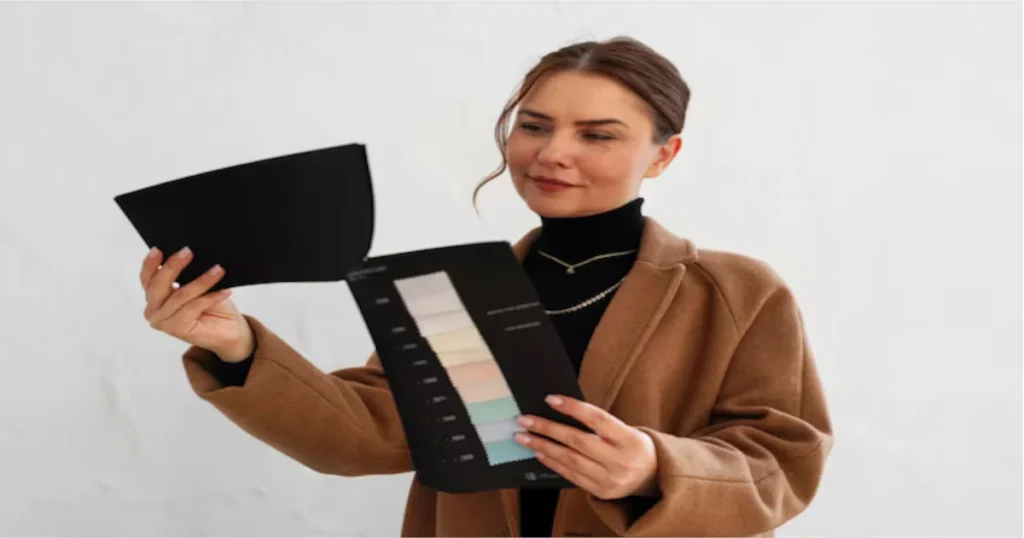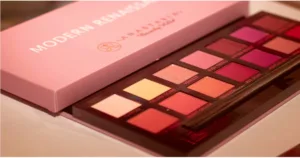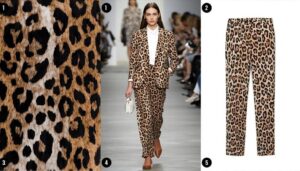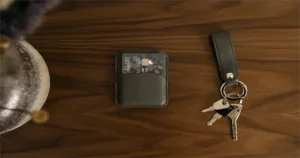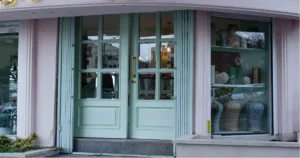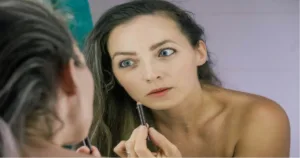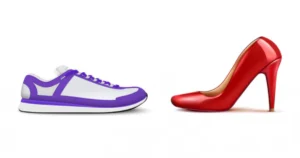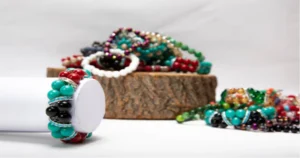How Does the Color Analysis Draping Process Work?
In the world of fashion, beauty, and personal styling, understanding which colors enhance your natural beauty is key to achieving a polished and harmonious look. This is where color analysis draping comes into play. Rooted in the principles of color theory, this process helps individuals discover the hues that complement their unique skin tone, hair color, and eye color.
This comprehensive guide delves into the art and science of color analysis draping, explaining its significance, methods, and practical applications. Whether you’re a stylist, a beauty enthusiast, or someone looking to refine their wardrobe, this guide will equip you with everything you need to know about color analysis draping.
What is Color Analysis Draping?
Color analysis draping is a systematic process used to determine which colors flatter an individual’s natural features. It involves the use of specially designed drapes (fabric swatches) in various shades and tones to analyze the impact of color on the subject’s appearance.
The process categorizes individuals into color seasons—Winter, Spring, Summer, and Autumn—each with its own subcategories. These groupings are based on the individual’s undertones, contrast levels, and overall coloring.
Why Does Color Analysis Matter?
Wearing the right colors:
- Enhances your natural features, making your skin appear healthier and more radiant.
- Reduces the appearance of blemishes, wrinkles, and dark circles.
- Makes your overall look more cohesive and polished.
- Saves money and time by helping you choose clothes, makeup, and accessories that work harmoniously with your coloring.
The Science Behind Color Analysis Draping
The foundation of color analysis lies in color theory, which examines how colors interact with each other and with natural features. Here are the core elements involved:
1. Undertones
The key to successful color analysis is identifying an individual’s undertone:
- Warm Undertones: Skin with golden, peachy, or yellow hues.
- Cool Undertones: Skin with blue, pink, or red hues.
- Neutral Undertones: A balanced mix of warm and cool tones.
2. Value
Value refers to the lightness or darkness of a color:
- High Value: Light, pastel shades.
- Low Value: Deep, dark shades.
3. Chroma
Chroma measures the intensity or saturation of a color:
- Bright Chroma: Vivid, bold colors.
- Muted Chroma: Softer, less saturated colors.
4. Contrast
Contrast considers the level of difference between your skin, hair, and eyes. High contrast often suits bold, defined colors, while low contrast pairs well with soft, harmonious palettes.
The Process of Color Analysis Draping
Color analysis draping is typically conducted by a professional color consultant or stylist. Here’s how the process unfolds:
Step 1: Preparing the Environment
A well-lit space with natural or neutral lighting is essential to avoid distortion of colors. The subject should remove makeup and wear a neutral-colored drape to eliminate external influences.
Step 2: Analyzing Undertones
The consultant begins by using a set of warm and cool-toned drapes. For example:
- Warm tones: Gold, coral, olive green.
- Cool tones: Silver, fuchsia, cobalt blue.
The goal is to observe how each undertone interacts with the skin. Cool tones brighten cool undertones, while warm tones enhance warm undertones.
Step 3: Testing Seasonal Palettes
Once undertones are identified, the next step is to test seasonal palettes. Each season has specific traits:
- Winter: Cool, deep, and vivid colors (e.g., icy blue, jewel tones).
- Spring: Warm, bright, and clear colors (e.g., peach, mint green).
- Summer: Cool, soft, and light colors (e.g., lavender, dusty rose).
- Autumn: Warm, muted, and earthy colors (e.g., mustard, rust orange).
Step 4: Fine-Tuning the Subseason
Seasons are further divided into subseasons (e.g., True Winter, Bright Spring) to reflect nuanced variations. For instance, a Bright Spring may wear vibrant hues, while a Soft Summer leans toward gentle pastels.
Tools Used in Color Analysis Draping
Professional color analysts use specific tools to ensure accuracy:
- Color Drapes: High-quality fabric swatches in a wide range of shades.
- Neutralizing Capes: To minimize distractions from clothing.
- Lighting Equipment: For consistent and natural light conditions.
- Mirror: To observe the subject’s face closely as colors are tested.
DIY Color Analysis: Can You Do It at Home?
While seeking professional consultations for color analysis is ideal, you can still get a fairly accurate idea of your best colors at home. This DIY approach can be fun, empowering, and an excellent starting point for exploring your personal style. Here’s a step-by-step guide to performing color analysis draping at home:
Step 1: Gather Your Materials
- Collect scarves, pieces of fabric, or clothing in a wide variety of colors and shades. Aim for a mix of warm, cool, bright, muted, light, and dark tones.
- Choose neutral-colored clothing, such as a white or beige shirt, to avoid distractions during the process.
Step 2: Set Up the Right Environment
- Stand in front of a large mirror in a room with natural lighting, preferably during daylight hours. Avoid artificial lighting, as it can distort the colors.
- Remove any makeup, as it might affect how the colors interact with your natural skin tone.
Step 3: Test the Colors
- Drape each fabric or scarf around your shoulders and hold it close to your face. Pay attention to how each color impacts your appearance.
- Evaluate using these questions:
- Skin: Does your skin look radiant, glowing, and even, or does it appear dull, tired, or uneven?
- Eyes: Do your eyes look brighter and more defined, or do they appear dull and shadowed?
- Features: Does the color enhance your overall appearance or wash you out?
Step 4: Take Notes
- Write down the colors that make your features pop and the ones that dull your complexion. Over time, you’ll notice patterns that point to your undertones (warm or cool) and your ideal seasonal palette.
Step 5: Refine Your Results
- Experiment further with accessories, makeup, and clothing to refine your color palette. For example, try gold and silver jewelry to test your undertone (gold for warm, silver for cool).
Although this DIY process isn’t as detailed as a professional session, it’s a great way to start exploring the colors that suit you best.
Common Myths About Color Analysis Draping
There are several misconceptions about color analysis that can prevent people from fully embracing this transformative process. Let’s debunk a few common myths:
1. It’s Only for Women
One of the biggest myths is that color analysis is exclusively for women. In reality, men benefit just as much from understanding their best colors. Whether it’s choosing the right suit, tie, or casual outfit, knowing your color palette can help men look sharp, confident, and stylish in every situation.
2. Your Season Never Changes
While your undertones remain the same throughout your life, external factors such as aging, changes in hair color, or even shifts in personal style can alter how certain colors suit you. For example, transitioning from natural hair to gray might make softer, cooler shades more flattering. It’s worth revisiting color analysis periodically to adjust for these changes.
3. It’s All Subjective
Though color preferences are personal, the effects of colors on your appearance are grounded in color theory and observation. Trained professionals rely on objective methods to determine how specific shades impact your features. While individual taste matters, the science behind color analysis ensures accuracy and consistency.
Practical Applications of Color Analysis Draping
Color analysis isn’t just about knowing what to wear; it’s about elevating every aspect of your personal style. Here’s how you can use the results in everyday life:
1. Building a Wardrobe
- Knowing your best colors makes creating a cohesive wardrobe effortless. Stick to your seasonal palette for clothing, outerwear, and even accessories like bags and shoes.
- Opt for a capsule wardrobe with mix-and-match pieces in your signature shades, saving time and money while ensuring a polished look.
2. Choosing Makeup
- Your makeup should align with your color palette to complement your natural features. For example:
- A Winter type looks stunning in cool-toned lipsticks like berry, plum, or red with blue undertones.
- A Spring type radiates in golden eyeshadows, coral blushes, and peachy lipsticks.
- Matching your makeup to your seasonal palette enhances your skin tone and creates a harmonious look.
3. Hair Color Selection
- Your hair color significantly affects your overall appearance. Choosing a shade that aligns with your undertones ensures a seamless and flattering look.
- Cool-toned individuals may opt for ash blonde, silver, or espresso brown.
- Warm-toned individuals might prefer caramel, honey blonde, or copper shades.
4. Event Styling
- Whether it’s a job interview, a wedding, or a date night, understanding your color palette helps you select outfits that leave a lasting impression. For formal events, choose your power colors—those that make you feel confident and radiant.
5. Enhancing Confidence
- Beyond aesthetics, wearing the right colors boosts self-confidence. When you look your best, you naturally feel more empowered, capable, and ready to take on challenges.
By integrating the principles of color analysis draping into your daily routine, you’ll not only refine your personal style but also make more intentional, impactful choices in fashion, beauty, and self-expression.
Benefits of Professional Color Analysis Draping
- Confidence Boost: Knowing your best colors enhances self-assurance.
- Cost-Effective: Avoid wasting money on clothes or makeup that don’t suit you.
- Time-Saving: Decision-making becomes effortless when shopping or styling.
Trends and Innovations in Color Analysis
The field of color analysis is evolving with technological advancements:
- Digital Tools: Apps and software offer personalized color analysis based on uploaded photos.
- Virtual Consultations: Online services provide expert advice remotely.
- Sustainable Fashion: With growing interest in capsule wardrobes, color analysis helps consumers make eco-conscious choices.
Conclusion
Color analysis draping is a transformative process that goes beyond aesthetics—it’s about embracing your individuality and making intentional choices that amplify your natural beauty. By understanding the principles of undertones, value, chroma, and contrast, you can curate a wardrobe, makeup collection, and overall style that aligns with your unique features.
Whether you choose to consult a professional or explore the process on your own, the journey of discovering your perfect palette is both empowering and enlightening. So, take the first step and drape yourself in the colors that make you shine!
Frequently Asked Questions (FAQs)
What is the purpose of color analysis draping?
Color analysis draping helps identify the shades and tones that enhance an individual’s natural features, such as skin tone, hair color, and eye color. The goal is to guide personal clothing, makeup, and accessories styling choices, ensuring a harmonious and polished look.
Can I perform color analysis draping at home?
Yes, you can try it at home using fabric swatches or scarves in different colors. Stand in front of a mirror with natural lighting and observe how each color interacts with your face. However, consulting a professional is recommended for a more accurate and detailed analysis.
Do my best colors change as I age?
While your undertones remain constant throughout your life, changes in hair color, skin texture, or lifestyle can influence how certain colors interact with your features. Revisiting color analysis over time can help refine your palette.
Is color analysis only for women?
Not at all. Color analysis is equally beneficial for men. Understanding which colors work best can help men make more confident choices in clothing, accessories, and even grooming products like ties or pocket squares.
How long does a professional color analysis session take?
A professional session typically lasts 1–2 hours. During this time, the consultant will use various drapes to test undertones, seasonal palettes, and subseasons to find the colors that best suit you.
How can color analysis draping save me money?
By knowing your ideal colors, you can avoid buying clothes, makeup, or accessories that don’t suit you. This leads to more thoughtful purchases, a cohesive wardrobe, and less waste in the long run.
READ ALSO: Leader Products Australia: Innovation, Quality, and Excellence in Agricultural Solutions


